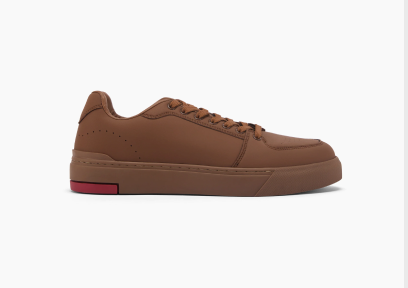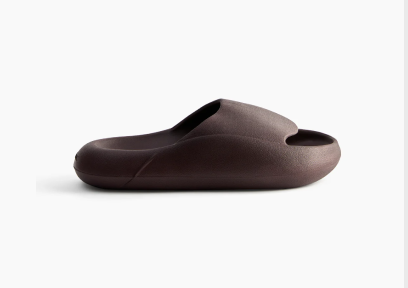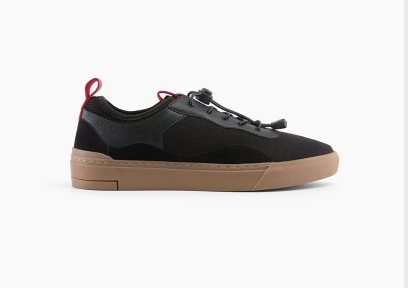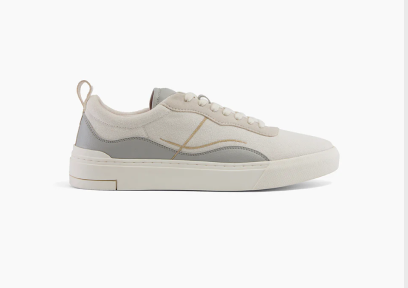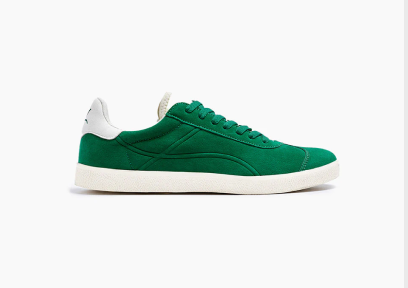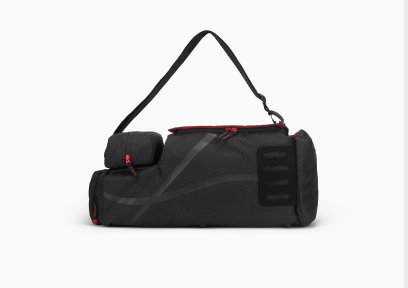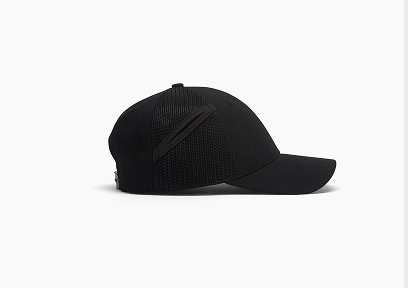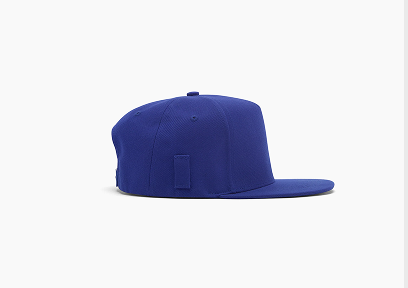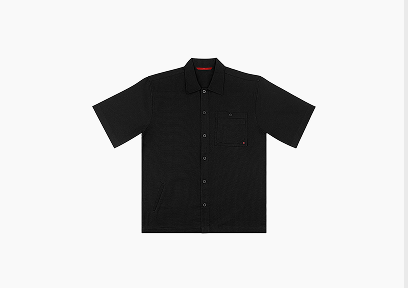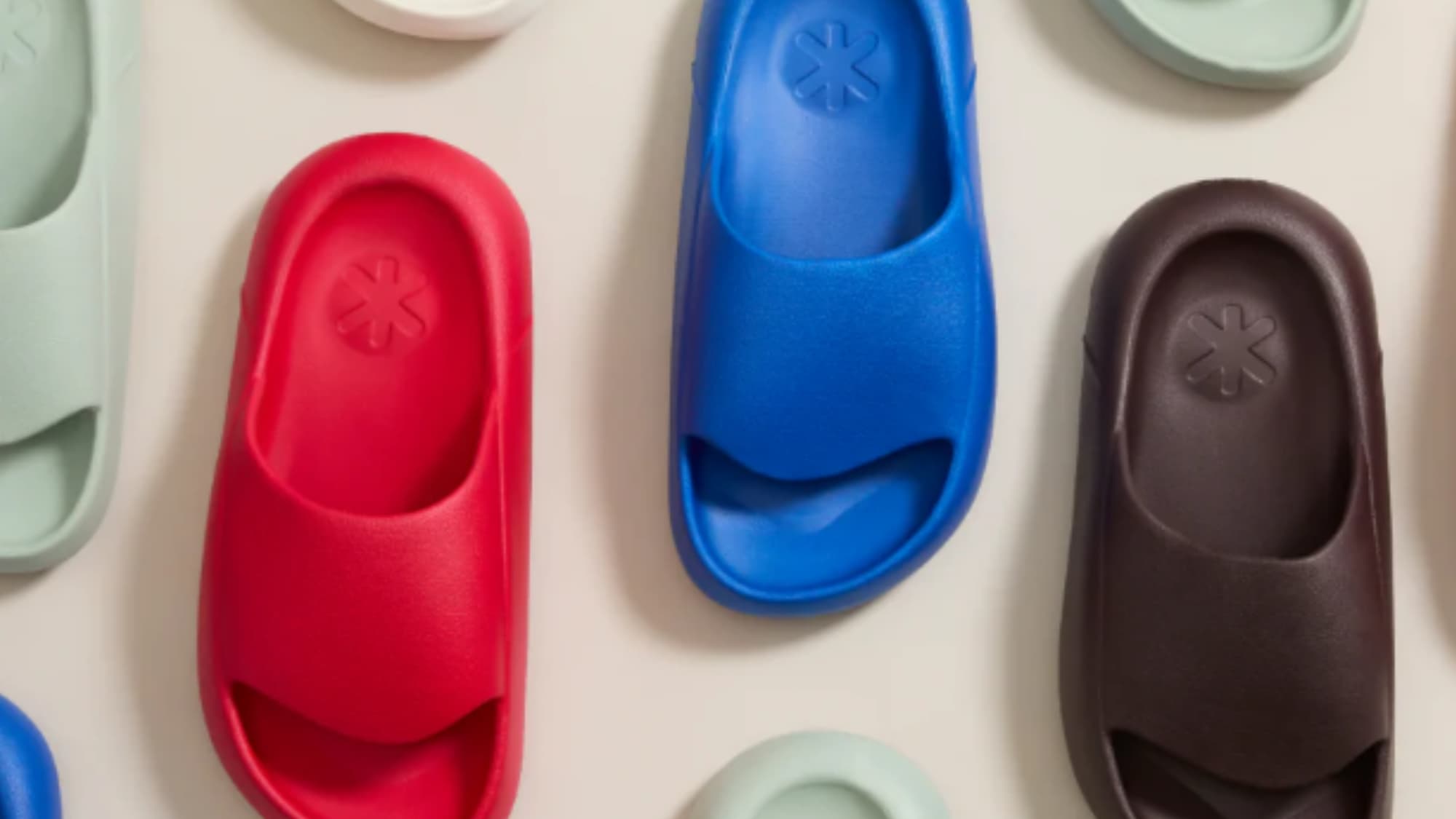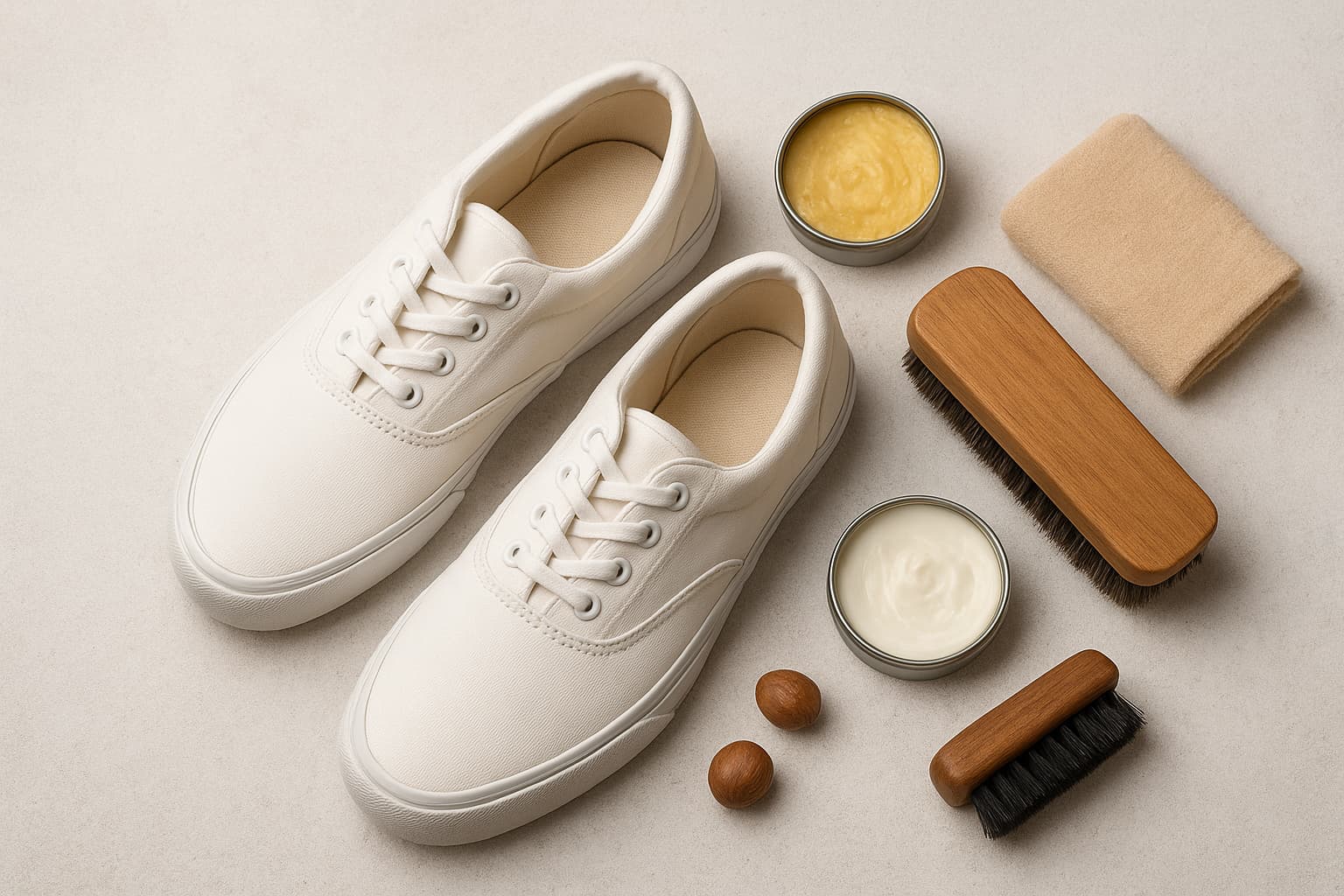A Complete Guide to All the Parts of a Shoe
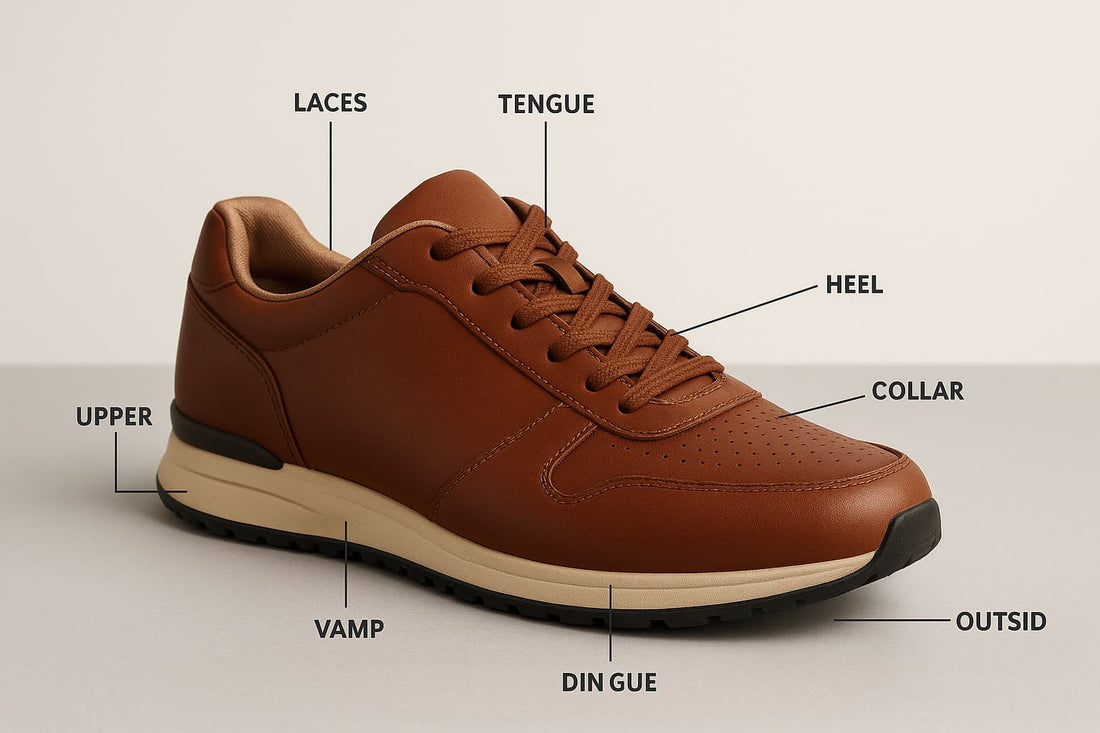
Ever looked at your favourite pair of sneakers or loafers and wondered how each part fits into the story of comfort and design? Yes, shoes are stylish layers of leather and fabric. But they are more. They’re crafted masterpieces with structure, balance, and intention.
Once you understand the parts of a shoe, every detail starts to reveal its purpose. By learning shoe anatomy, you see footwear differently. You start to appreciate how every element shapes your experience and expression, which lets you make more informed choices in buying and maintaining these footwear.
Major Parts of a Shoe: A Glance
| Shoe Part Name | Description |
| Upper Shoes | The entire top portion that covers the foot, built from materials like leather, canvas, or knit. |
| Shoe Vamp | The front section above the toes and instep controls fit and form. |
| Shoe Tongue | A soft flap under the laces that protects the top of your foot. |
| Shoe Collar | The padded edge around the ankle adds support and comfort. |
| Shoe Counter | The firm reinforcement at the back of the shoe maintains shape. |
| Outsole / Outer Sole of Shoe | The bottom of the shoe that touches the ground, offering grip and traction. |
| Midsole | The layer between the outsole and upper provides cushioning and stability. |
| Insole | The inner footbed, where your foot rests. It is often removable or cushioned. |
| Toe Box | The front area that protects your toes from pressure and impact. |
| Heel | The raised part at the back that supports the heel of your foot. |
| Sole of a Shoe | The combination of insole, midsole, and outsole forms the foundation. |
| Lining | The inside material that adds comfort and durability. |
| Eyelets | The small holes or loops that guide the laces. |
| Laces | Strings that secure the shoe fit through the eyelets. |
Understanding Shoe Anatomy
Every shoe tells a story of structure and motion. From running shoes to handmade brogues, the shoe components come together to balance your wearing experience.
1. The Upper Shoes
The upper forms the first impression. It covers everything above the sole and determines breathability, flexibility, and appearance. Materials like leather, vegan leather, suede, canvas, or mesh change how the shoe feels and performs. When you examine upper shoes closely, you see artistry in each seam and pattern cut.
2. The Shoe Vamp
The vamp lies at the heart of your shoe anatomy. It stretches across the top of your foot from the toe box to the laces. The vamp affects fit and structure by shaping how the shoe holds the foot. A tight vamp restricts movement, while a relaxed one allows freedom.
3. The Shoe Tongue
The shoe tongue rests beneath your laces, shielding the top of your foot from friction. It also keeps debris from slipping inside. Some trending sneakers use integrated tongues for a sleeker design, while traditional ones stay separate. Guess what! Adjusting your laces evenly across the tongue ensures a balanced fit.
4. The Shoe Collar
The shoe collar wraps around your ankle. Its padding prevents rubbing and supports the joint as you move. In boots and high-top sneakers, the collar height influences both support and style. When you feel that soft cushion as you walk, it is the collar at work.
5. The Shoe Counter
Lying at the back of the shoe, the counter provides structure. It is a stiff reinforcement placed between the upper and lining. Without a counter, shoes lose their form quickly. It also anchors your heel, reducing slippage and maintaining posture alignment.
6. The Toe Box
The toe box protects your toes and defines the shoe’s front profile. Roomier toe boxes improve comfort, especially for long wear. In formal shoes, a structured toe box creates a sharp silhouette. For performance footwear, flexibility here supports natural movement.
7. The Insole and Parts of Shoes Inside
Inside every shoe lies a hidden world of comfort: the insole and inner lining. The insole supports your foot arch and absorbs pressure with each step. It is often removable, letting you replace it with orthopaedic options or the best shoe care products for cleaning. The lining keeps friction low and moisture under control.
8. The Midsole
The midsole connects the interior and the outsole. It is responsible for shock absorption and stability. Athletic shoes use materials like EVA foam or polyurethane for bounce and support. Even in dress shoes, a good midsole makes a difference — giving the much-needed resilience.
9. The Outsole
The outsole or outer sole of the shoe meets the ground. Its design dictates traction, flexibility, and durability. Rubber soles handle wet surfaces well, while leather soles suit formal wear with elegance. The tread pattern on the bottom of the shoe shows the maker’s intent, whether it is smooth for sophistication or textured for grip.
10. The Heel
The heel adds lift and balance. Its height changes posture and silhouette. In sneakers, it aids performance; in heels, it transforms stance and confidence. Materials can range from rubber for sneakers to stacked leather for formal shoes.
11. The Shoe Counter and Back of the Shoe
At the back of the shoe, the counter anchors the structure. But other components work there too. The heel tab, pull loop, or back seam contributes to design and ease. Every curve here affects how the shoe hugs your heel and transitions into motion.
12. The Sole of a Shoe
When you look at the sole of a shoe as a complete system, viz., insole, midsole, and outsole, you see the foundation of comfort and performance. The layers interact to absorb impact, distribute pressure, and maintain balance. A quality sole defines how a shoe ages and feels after long wear.
Suggested - EVA vs Rubber Sole
Caring for Your Footwear
You might ask what the need is for learning all the parts of a shoe! Learning shoe anatomy deepens appreciation for maintenance, too. It teaches to look at the shoe more carefully.
For example, each material demands care. You might want to use the best shoe care techniques suited to leather, suede, or knit.
Similarly, clean the outsole gently to preserve traction. Air out the lining after use to keep all the parts of the shoes inside fresh. Regular conditioning prevents cracking and maintains suppleness.
Store pairs upright with shoe trees to protect the vamp and collar. For sneakers, avoid extreme heat or moisture exposure. Simple care habits keep each shoe component intact longer and retain structure for years.
Final Thoughts
Shoes combine art, science, and personality. Every stitch in the upper, every curve of the outsole, and every texture inside tells a functional story. A knowledge of the parts of a shoe lets you ensure proper shoe care, which itself is necessary for foot health. Moreover, you will be able to make better choices for buying the next new pair, rather than simply based on looks.
When you next tie your laces or slip into new loafers, notice how each part of a shoe contributes to your ease. You’ll walk away not just wearing fashion, but understanding it deeply.
Also read - Importance of shoe in foot health
FAQs
What are the main parts of a shoe?
A shoe includes the upper, vamp, tongue, collar, counter, insole, midsole, outsole, and heel. Each part supports comfort, structure, and durability while shaping the shoe’s fit and style.
What is the outsole of a shoe?
The outsole, or outer sole, is the bottom of a shoe that touches the ground. It provides traction, stability, and protection from wear.
What is the vamp on a shoe?
The vamp is the front section covering the toes and instep. It affects the shoe’s shape, fit, and flexibility during movement.
What is the shoe counter?
The shoe counter is a stiff piece at the back that supports the heel and maintains shape, preventing collapse or slippage.
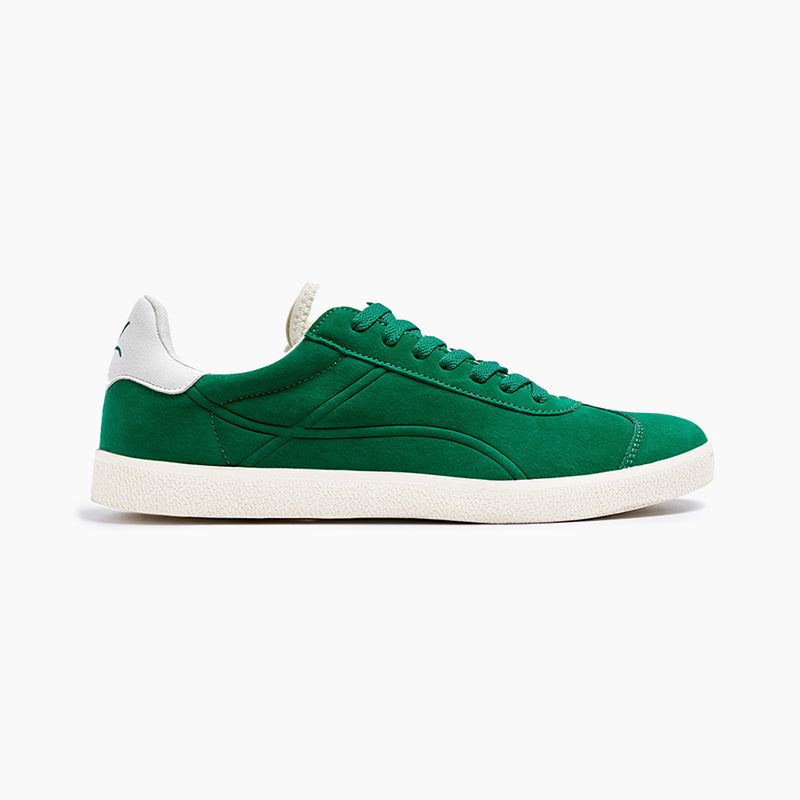


 The Sport Bag
The Sport Bag
 Circuit Shirt
Circuit Shirt
 Socks - Pack of 8
Socks - Pack of 8
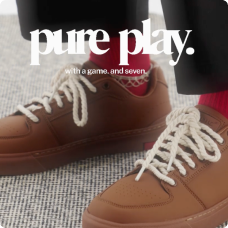 Nova Play
Nova Play





